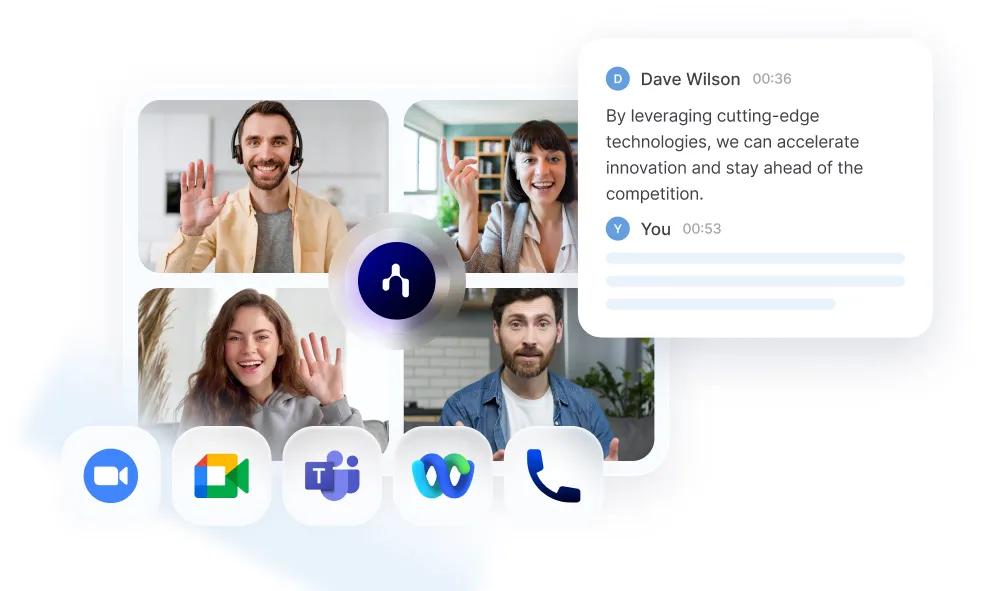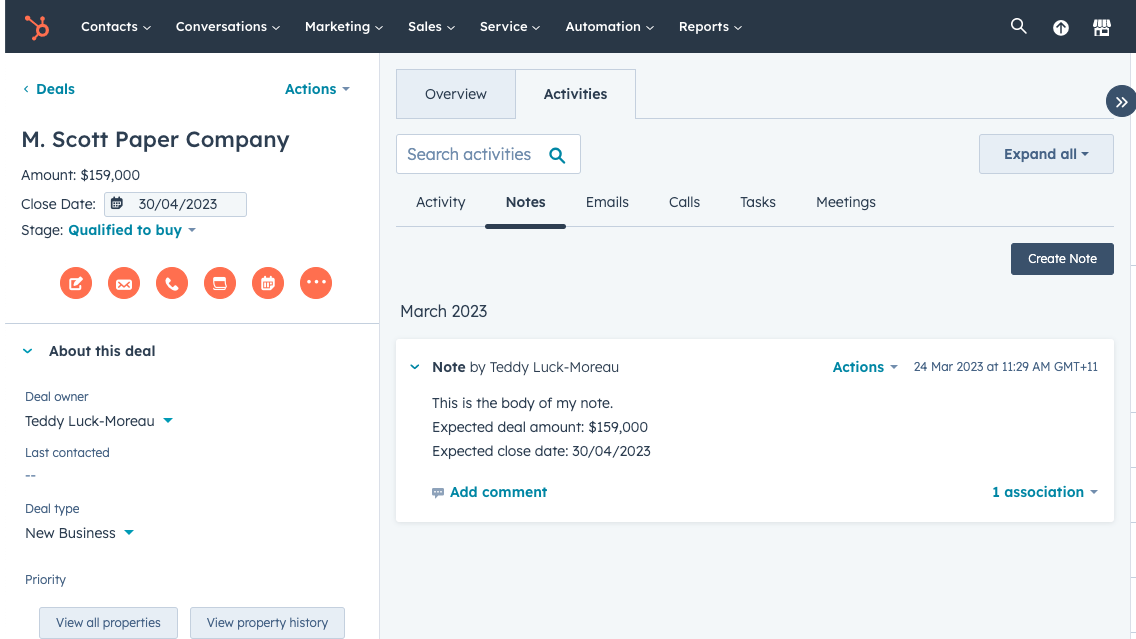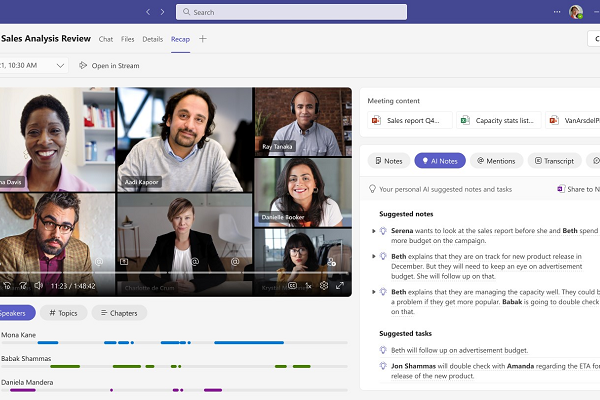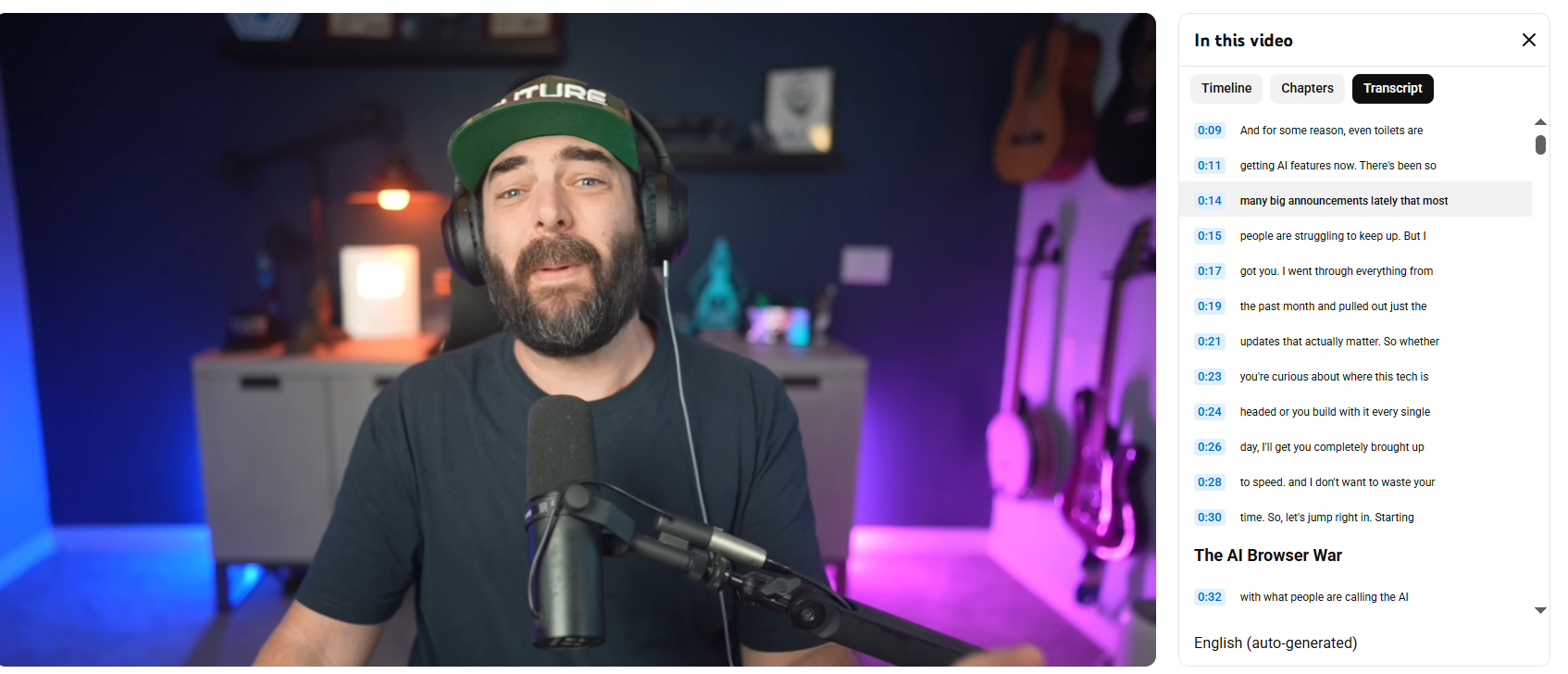Knowledge Hoarding : What You Need to Know

Get the work done for any meeting
Meeting transcription, AI custom notes, CRM/ATS integration, and more
Think about the last time you needed a piece of information at work. Did you find it quickly—or did you waste time chasing people, Slack threads, or half-written docs?
That’s the hidden cost of knowledge hoarding.
In this article, you’ll learn what knowledge hoarding really is, how to prevent it in your organization, the best practices for making company knowledge accessible.
What is knowledge hoarding

Knowledge hoarding happens when someone deliberately keeps information, context, or “how-to” know-how to themselves instead of sharing it with teammates. It’s a conscious choice to limit access so others can’t easily use or build on that knowledge.
It’s not the same as knowledge hiding, even though they’re cousins. Knowledge hiding is when you refuse a specific request for information; hoarding can happen even when no one asks—you just don’t document or share. Both behaviors undermine knowledge sharing and hurt performance.
It’s also different from information silos. Silos are structural—teams, tools, or processes that keep data fragmented—even if individuals want to share. Hoarding is personal and intentional, but it thrives inside siloed org charts and disconnected systems. Silos are notorious for slowing decisions and clogging innovation.
Why do people hoard? Power and status, fear of being replaced, or incentives that reward individual output over collective outcomes. In some cultures, collaboration isn’t modeled or psychologically safe, so people protect themselves by keeping expertise private. Fix the context, and hoarding drops.
You can spot hoarding through patterns, not isolated moments. Work gets stuck behind a “single source of truth” person, documentation lags, and the same questions keep resurfacing in Slack or meetings. Vacation or turnover exposes brittle processes because no one else knows how systems actually work.
How to prevent knowledge hoarding in your organization
You don’t fix knowledge hoarding with a memo. You fix it by changing what you reward, what you model, and how easy you make sharing.
Lead from the front
People copy what leaders do. Share your own docs, narrate decisions in writing, and praise teams that turn tacit know-how into reusable guides. When leaders model sharing, rates of hiding drop and trust rises.
Remove fear and create psychological safety
Hoarding thrives when people worry that sharing makes them replaceable. Address job insecurity openly, normalize “in-progress” documentation, and make peer review supportive—not punitive. Psychological safety measurably reduces knowledge hiding.
Fix incentives so sharing wins
If promotions and bonuses only reward individual output, people will keep expertise to themselves. Tie recognition to documented playbooks, mentorship, cross-team help, and “bus-factor” reductions. Use subjective, team-oriented incentives to increase sharing—and avoid high-powered schemes that can backfire.
Build lightweight sharing rituals
Bake sharing into the week: short demos, post-mortems, and “how we solved it” flash talks. Record them and file the notes where everyone can find them. Regular rituals turn sharing from extra work into normal work.
Break silos with purposeful contact
Rotate people through cross-functional projects and job shadowing so know-how moves with them. Mentoring and cross-training transfer expertise faster than docs alone—especially for tacit knowledge. Use these moves deliberately when teams or geographies don’t mix naturally.
Make sharing the easiest path
Reduce friction with a central, searchable knowledge base and collaboration tools people already use. Tag content, keep permissions sane, and integrate with chat so answers are one query away. Small usability wins compound into fewer questions and less hoarding.
Use AI to surface and capture what’s in people’s heads
AI can index recordings, pull highlights, and surface similar answers across teams—so knowledge doesn’t die in a meeting. The point isn’t to replace documentation, but to bootstrap it and make it discoverable in real time. Deploy AI inside your knowledge stack to accelerate retrieval and reduce duplicate work.
Best practices to make company knowledge accessible to employees

If you want people to reuse knowledge, you have to make it effortless to find, trust, and apply.
Create one authoritative hub
Pick a single destination (wiki, intranet, or documentation portal) and make it the default home for “how we work” content: SOPs, runbooks, decisions, playbooks, and onboarding. Shut down shadow spaces or clearly mark them as archives so search results aren’t polluted. Set up clear entry points for top tasks—“Ship a release,” “Close a deal,” “Answer a security review”—and link to those hubs from Slack, calendars, and project templates. The goal is that a new hire can find the right place on day one without asking anyone.
Organize by user tasks, not your org chart
Employees search by intent, not by department names. Structure navigation around tasks and scenarios, then layer in role-specific notes where needed. For example, a “Customer escalations” page should explain the process end-to-end, with subsections for Support, Success, and Engineering. Add short “When this page is for you” blurbs at the top to set context. This reduces the guesswork of “which team owns this” and helps people get to the outcome faster.
Treat search like a product
Out-of-the-box search rarely works well enough. Curate synonyms (e.g., “incident” vs “outage”), boost canonical pages, and demote stale or duplicate content. Add filters that reflect how people think: product, customer segment, region, or version. Review search analytics monthly to spot zero-result queries and common reformulations, then either create content to fill gaps or adjust titles and tags so existing content surfaces.
Standardize page types and writing style
Blank pages slow contributors down and create inconsistent results. Provide templates for common artifacts—SOPs, post-mortems, meeting notes, onboarding guides—with sections like purpose, prerequisites, steps, decision points, and owners. Pair templates with a concise style guide (plain language, action first, short headings, examples and screenshots when helpful). When every page reads the same way, people can scan faster and trust what they’re reading.
Build a lightweight taxonomy and tagging system
Decide on a small, durable set of tags for products, processes, and audiences. Publish examples of good tagging and add helper text in the template so authors choose from a controlled list instead of inventing new tags. Use tags to power “related content” blocks and to drive permissions where needed. Keep the taxonomy lean; if it’s cumbersome, contributors will skip it and your search quality will suffer.
Assign ownership and institute review cycles
Every important page needs a clearly named owner and a review date. Use automation (page properties, reminders, or a dashboard) to nudge owners when content is due for review. On the page, display a freshness badge (“Last reviewed on…”) so readers can judge reliability. When a page becomes obsolete, archive it to a labeled space and leave a redirect to the new canonical page. This prevents “zombie” docs from crowding search results.
Integrate knowledge into the flow of work
Meet people where they are. Connect your hub to Slack or Teams so posting a solution can automatically create or update a page. Add slash commands or bots that return the top three relevant pages in chat. In project tools, link tasks to the canonical SOPs. After meetings, capture decisions and action items directly into the hub rather than leaving them in personal notes. The fewer context switches required, the more likely knowledge will be captured and reused.
Noota: all your conversations’ data in one place

- Capture every conversation, automatically.
Invite Noota to calls and meetings, or use the mobile/phone recorder. It listens, transcribes, and delivers structured reports without you juggling tools. - Turn talk into ready-to-use notes.
Get instant, customizable summaries with decisions, action items, and next steps you can ship to stakeholders. No more rewatching. - Ask your meetings anything.
Use the built-in AI Assistant to query transcripts—“What did the client agree on budget?”—and jump straight to the answer. It’s faster than hunting through raw audio. - Findable by design.
Noota structures, indexes, and connects your conversations so you can retrieve any decision, quote, or task in seconds. Type “@” and pull context right when you need it. - Security you can take to legal.
Data is encrypted and hosted in EU data centers, aligned with GDPR, SOC 2, and ISO 27001—and Noota never trains models on your content. Enterprise options include EU-only residency and zero-retention settings. - Push insights where work happens.
Sync summaries and notes to HubSpot (and other CRMs) so deals and contacts stay up to date—no manual copy-paste. One click, and the recap lands on the record.
Want to make all your meeting' data accessible to your team ? Try Noota for free now.
Get the work done for any meeting
Meeting transcription, AI custom notes, CRM/ATS integration, and more
Related articles

Forget note-taking and
try Noota now
FAQ
In the first case, you can directly activate recording as soon as you join a videoconference.
In the second case, you can add a bot to your videoconference, which will record everything.
Noota also enables you to translate your files into over 30 languages.

.svg)
.svg)
.webp)

.png)


.svg)
